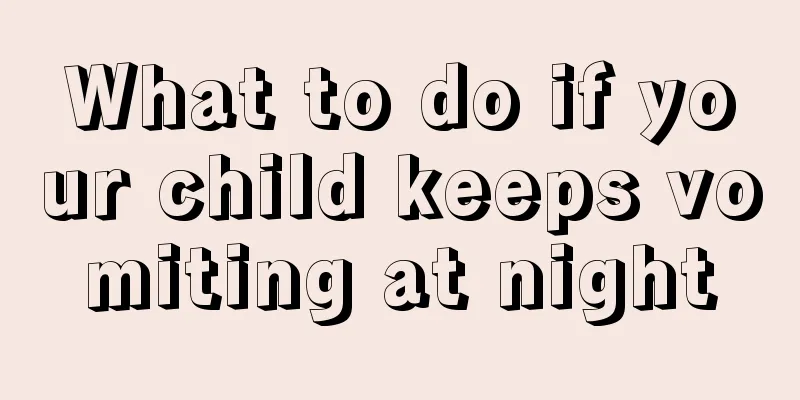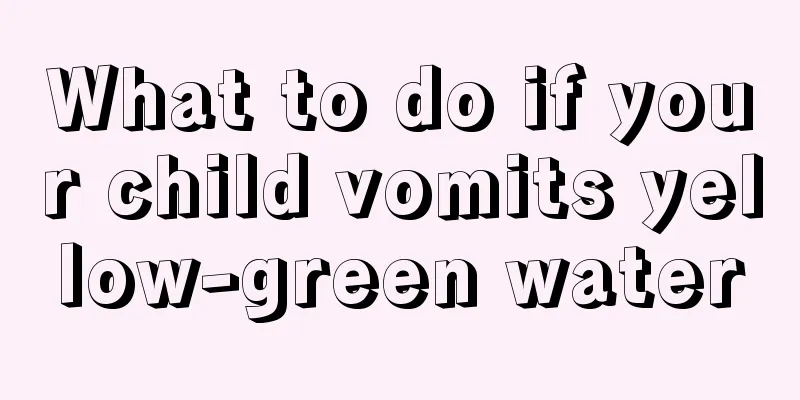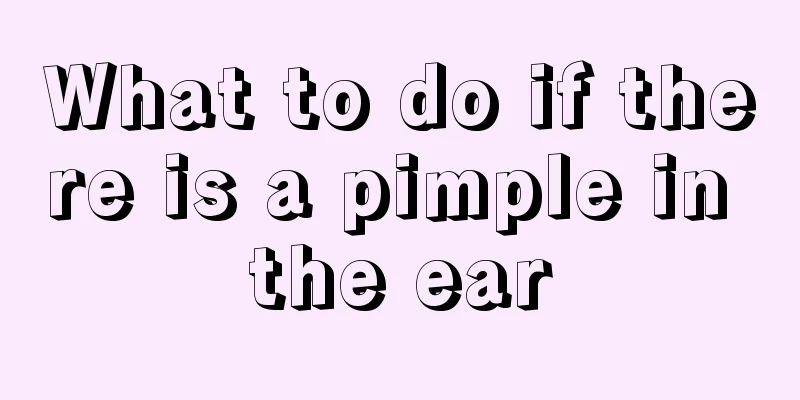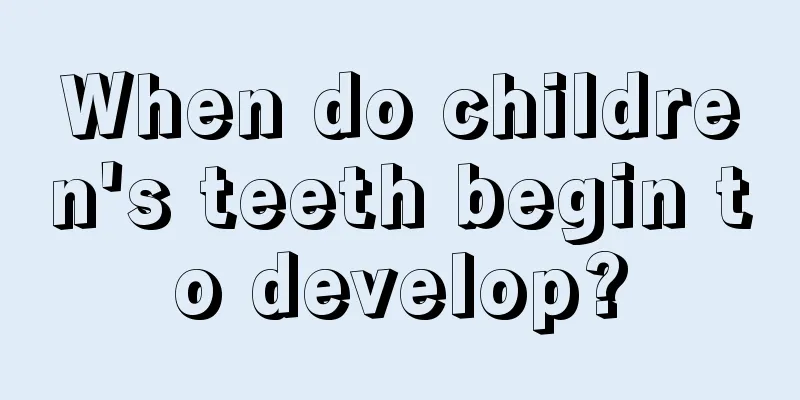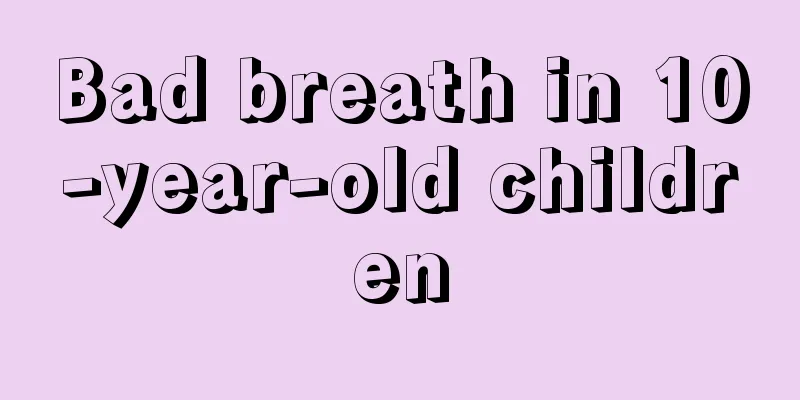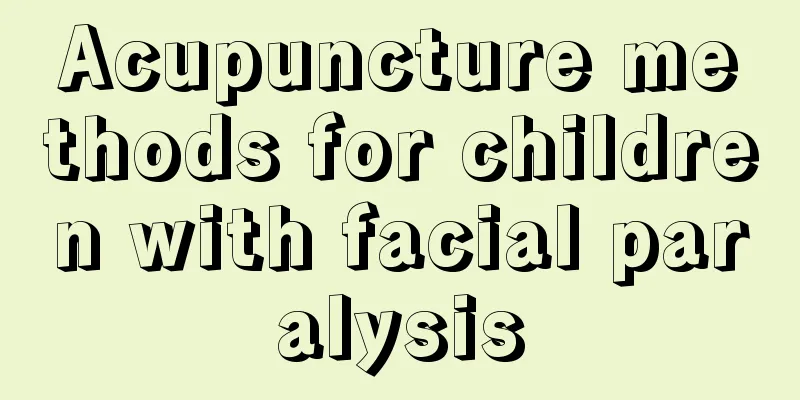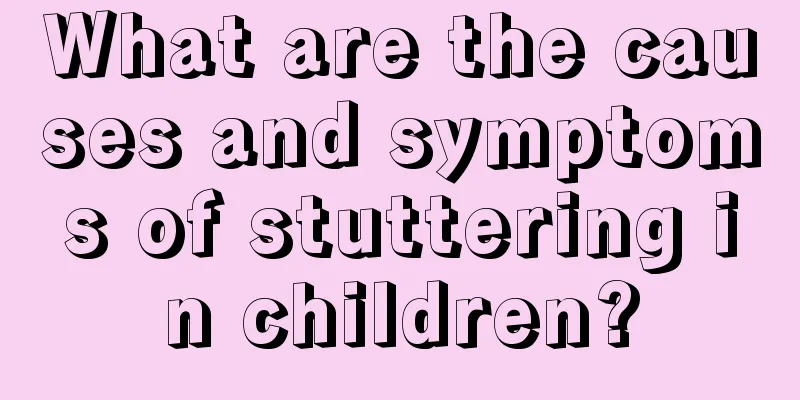How to treat gingivitis in children?
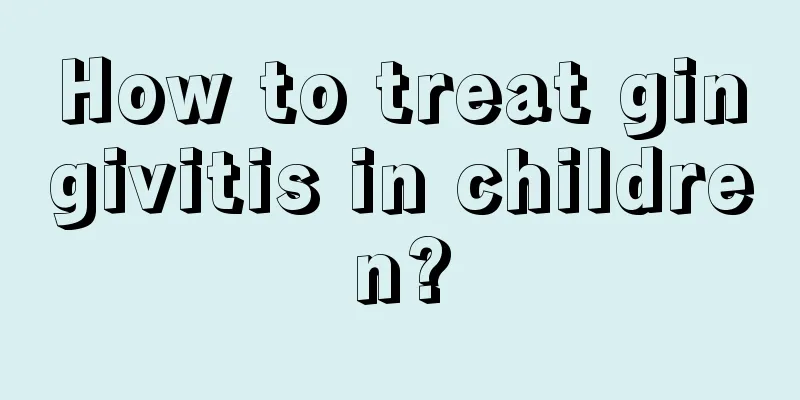
|
Gingivitis is a common eye disease in our lives, and it can cause us great pain. However, many young children are prone to gingivitis due to improper feeding and other reasons, which can cause us great pain. However, if you want better treatment, you must master the method. After all, children are relatively young and cannot take medicine blindly. Let’s learn about how to treat gingivitis in young children. How to treat gingivitis in children? Because the gingival epithelium is thin and poorly keratinized in children, gingivitis is very likely to occur when exposed to bacterial infection, traumatic stimulation, or poor oral hygiene. The clinical manifestations include red and swollen gums, easy bleeding, and a large amount of soft plaque deposits at the gingival margin. The accumulation of soft plaque at the gingival margin is an important factor causing gingivitis. Treatment of childhood gingivitis Gingivitis in childhood is related to the eruption of permanent teeth, crowded dentition, bad habits and long-term use of certain medications that lead to inflammation and hyperplasia of the gums. The main treatments for gingivitis in children are as follows: 1. Eruptive gingivitis: When permanent teeth erupt, the gums swell and bleed. The symptoms disappear as all teeth erupt. 2. Dirty gingivitis: children cannot master the correct method of brushing teeth, have poor oral hygiene, and have redness and swelling of the gingival margin and gingival papillae; in severe cases, the alveolar bone may be destroyed. 3. Crowded gingivitis. Teeth are crowded and unevenly arranged. The oral self-cleaning function is poor. Food residues are retained, which stimulate the gingival tissue and cause inflammation, hyperplasia and hypertrophy of the gums. Regardless of the cause of gingivitis, it is related to poor oral hygiene. To prevent gingivitis in children, parents should educate and guide their children to brush their teeth carefully and correctly every day, especially before going to bed. Gingivitis prevention and care for children: 1. To prevent simple gingivitis in children, you only need to have good oral hygiene habits, that is, brush your teeth every day. Some people with heavy tartar buildup can use a toothpaste containing pyrophosphate to control tartar buildup. Once tartar forms, only specialized cleaners (oral preventatives) can remove it. People with poor oral hygiene, who are prone to gingivitis or plaque, need regular special teeth cleaning (teeth cleaning). Depending on how quickly tartar forms, people need to have their teeth cleaned every 3 months or a year. Because the gums have an abundant blood supply, they will quickly return to health after careful brushing to remove tartar and plaque. Hygiene conditions that may cause or worsen gingivitis should be addressed and controlled. If a person must take medications that cause gum overgrowth, the overgrowth may be surgically removed. However, with careful oral hygiene and regular flossing at home, it may be possible to slow the rate of excessive gum growth or avoid the need for surgical removal. 2. When vitamin C and niacin are deficient, they can be treated by supplementation and improved diet. 3. Pay attention to oral health and food absorption in daily life, develop good oral care habits, brush your teeth in the morning and evening, especially before going to bed, to remove dental plaque and reduce the accumulation of dental plaque while sleeping. Go to the dentist for regular cleaning every 6 months to 1 year to prevent dental plaque from turning into tartar and to remove tartar that has already formed on the teeth. The above is an introduction to how to treat gingivitis in young children. After understanding it, we know that we must ensure that children have good oral hygiene and pay attention to eating more foods containing vitamin C, which will be of great help to the health of their teeth. |
<<: How to deal with gingivitis in children
>>: What to do if your child often has knee pain
Recommend
Symptoms of lower limb hypertonia
High muscle tone in the lower limbs is a common d...
Why do newborns always have nasal mucus? What should I do?
Many parents will encounter the problem that thei...
Children often take deep breaths unconsciously
Sometimes, when parents are accompanying their ch...
What causes yellow eyes in babies?
To know a person’s state of mind, we often have t...
Treatment of zinc deficiency in children
If a child is zinc deficient, he or she will have...
Cefprozil Granules for Children
Cephalexin is an anti-inflammatory drug. Many peo...
How to properly provide oxygen to premature babies?
The mixed blessing today is that premature babies...
There are milk curds in the newborn's poop
I don’t know if you know what it means to have mi...
Treatment for 14-month-old baby who doesn't like to eat
The whole family loves the baby very much. After ...
What are some good appetizers for kids?
Everyone knows that children nowadays are very na...
What is the reason for birthmarks in the fetus?
Many parents will find that their children have b...
What should I do if my eight-month-old baby has a fever and diarrhea?
The baby's body is much more important than o...
What can I eat to relieve my child's vomiting?
Children's bodies are not as strong as those ...
Reasons for nosebleeds in 10-month-old babies
Many young parents always feel at a loss when the...
What is the normal armpit temperature of a baby?
The baby's body temperature can usually refle...
